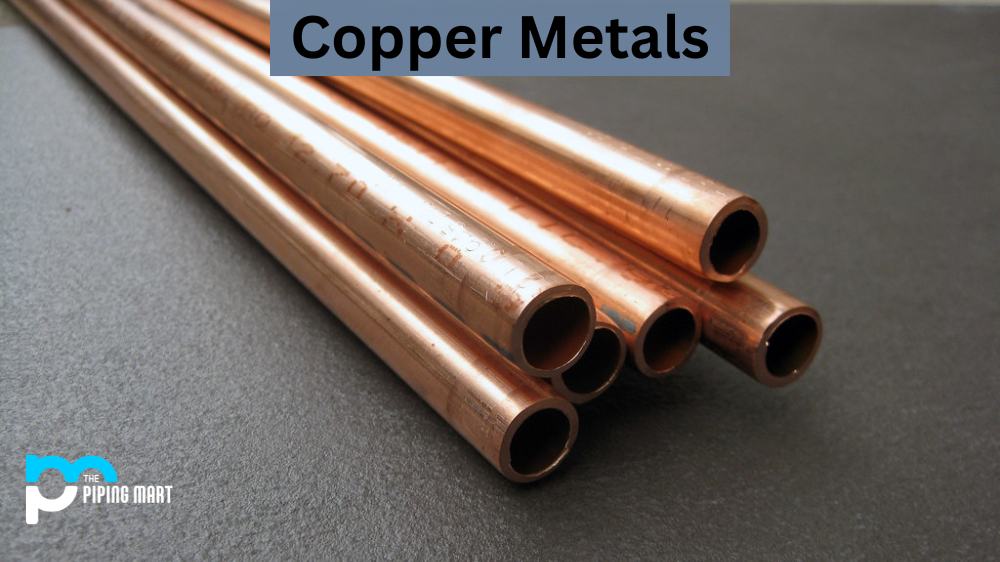Choosing the right steel for your knife is an important decision affecting its performance and longevity. The two most popular steels in the market are the 9260 spring and 1060 carbon steel. Both are known for their durability, strength, and resilience. However, their distinct features and drawbacks make them suitable for different uses. This blog post will compare the 9260 spring and 1060 carbon steel to help you decide which is best suited for your knife-making needs.
9260 Spring Steel
9260 spring steel is a silicon alloy carbon steel with excellent toughness, shock resistance, and fatigue resistance. It is heat-treated to produce a hardness of HRC54-57, making it tough enough for use in heavy-duty tools and knives. It has a high yield strength, making it resistant to permanent deformation. It can also withstand extreme temperatures and high-pressure environments, making it ideal for use in harsh weather conditions.
1060 Carbon Steel
1060 carbon steel is a high-carbon steel with excellent edge retention, hardness, and durability. It is heat-treated to produce a hardness of HRC60-62, making it one of the hardest steels on the market. It can also hold an edge for an extended period, making it ideal for knives and cutting tools. It balances rigidity and flexibility well, making it easy to sharpen and maintain.
Difference Between 9260 and 1060
The 9260 spring steel and the 1060 carbon steel are great knife-making options. However, they have their pros and cons. 9260 is tough and resilient, making it ideal for heavy-duty tasks, while 1060 is hard and durable, making it great for cutting and slicing. 9260 is also corrosion-resistant and can withstand extreme temperatures, while 1060 is prone to rust and needs regular maintenance.
- 9260 is a silicon-manganese alloy while 1060 is a pure carbon steel.
- 9260 has better corrosion resistance and toughness than 1060.
- 9260 is better suited for applications that require high strength and durability, such as swords and knives, while 1060 is more suitable for applications that only require a high carbon content, such as razors and saws.
- The price of 9260 is typically higher than 1060 due to the addition of silicon and manganese.
- 9260 is less likely to break or chip than 1060, making it the better choice for applications where safety is a concern.
Which Steel to Choose
Choosing the right steel for your knife depends on the intended use. If you want to make a heavy-duty survival knife or tool, then 9260 spring steel is the best option. If you need a sharp and durable knife for everyday use, 1060 carbon steel is a great choice. Both steels are cost-effective and readily available in the market, making them accessible to novice and expert knife makers alike.
Conclusion
In conclusion, choosing between the 9260 spring steel and the 1060 carbon steel depends on your intended use. Both steels are great for knife making, each with its unique properties. 9260 is ideal for heavy-duty tasks, harsh weather conditions, and extreme temperatures, while 1060 is great for everyday use, cutting, and slicing. Ultimately, it all concerns your preference, budget, and knife-making experience. With this guide, we hope that you have a better understanding of these steels and can make an informed decision about which one to choose for your next knife-making project.

Meet Bhavesh, a seasoned blogger with a wealth of knowledge and experience. From metal products manufacturing to retail, Bhavesh has a diverse background in various industries and is dedicated to sharing his insights and expertise with readers.




